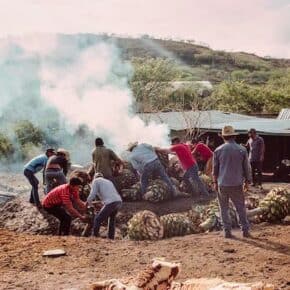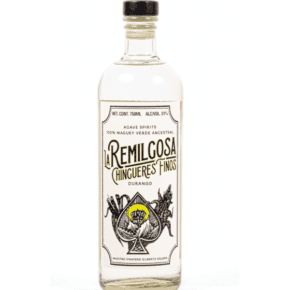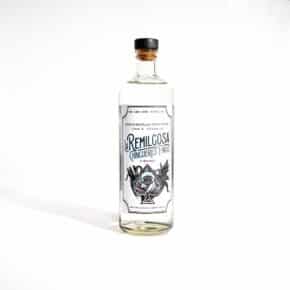Literally translated as “historic taste,” this refers to the traditional flavor of mezcal. It’s an important concept that is also elastic and frequently debated. I say elastic because a flavor can be difficult to pin down–your gusto historico may not reflect someone else’s. Proponents of the concept tend to be focused on the idea of preserving the status of mezcal as it changes to suit different markets, such as the global demand for cocktail mezcals and more industrial productions.
Coalitions in the Oaxacan mezcal world have called for a legal definition of this concept, and some producers discuss it frequently. Here’s a presentation producer Marco Ochoa made in 2014 that dives into the topic in Spanish:
A few of the main definitional points that come up when people talk about gusto historico are:
- Alcoholic percentage: Many people claim (particularly in Oaxaca) that a mezcal needs to have at least 45% ABV and be in the range of 45-50% ABV to be a traditional mezcal.
- Traditional production: Agaves should be roasted underground, crushed by hand or tahona, wild fermented, and distilled in small batches.
- Mezcal producers should strive to produce mezcals that characterize what has historically been produced in their areas with the agaves traditionally grown there with methodological elements that characterize the region. One example that is widely used is clay pot distillation in Santa Caterina Minas in Oaxaca.












Leave a Comment